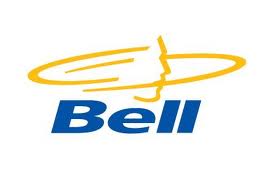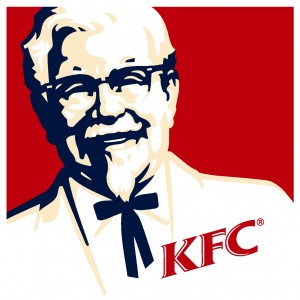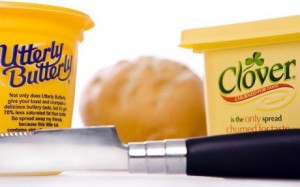In class, we discussed the importance for a company, before entering an industry, to analyze “attractiveness” of the industry. Are there lots of barriers to entry? How significant are threat of substitutes? How large is bargaining power relative to price/other factors? These are some questions that a new entrant needs to answer. A new entrant such as WIND mobile, launched in December last year, has been struggling to answer these questions. In an article published by “Marketing Mag”, it mentions how WIND “hasn’t been able to attract significant customers.
First of all bargaining power is high…because bargaining power, although a force in its own right, can be associated with threat of substitutes. High number of substitutes (Telus, Rogers, Bell etc) can give high buyer power, give consumer options. Another influential force behind WIND’s struggle is rivalry within industry. This rivalry within, is a result of these companies providing loads of features/flexibility to customers whereas “Wind customers have had network problems and have been unable to buy the company’s phones or pay their monthly bills online”. With Rogers and Bell well established and Telus also gaining ground, the rivalry that these companies highlighted shifted WIND to struggle.
Article
Press, Canadian. “Wind Mobile struggling after ‘launch in haste’: industry report.” Web. 9 Oct 2010.
Images
“WIND Mobile Logo.” Android Canada. Web. 9 Oct 2010.
“Rogers Logo.” BGR. Web. 9 Oct 2010.
“Bell Logo.” WordPress. Web. 9 Oct 2010.
“Telus Logo.” Rethink. Web. 9 Oct 2010.







